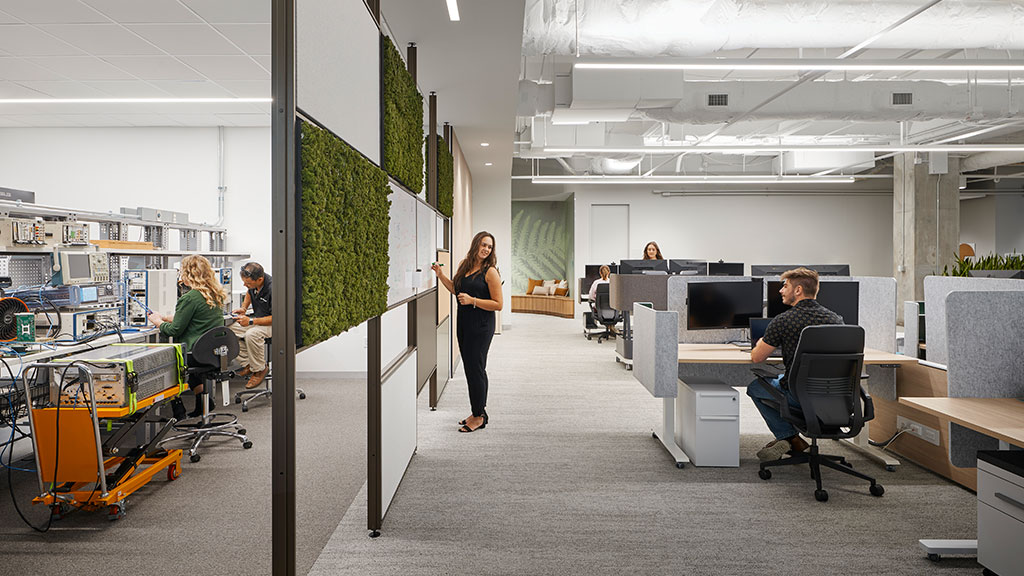Technology
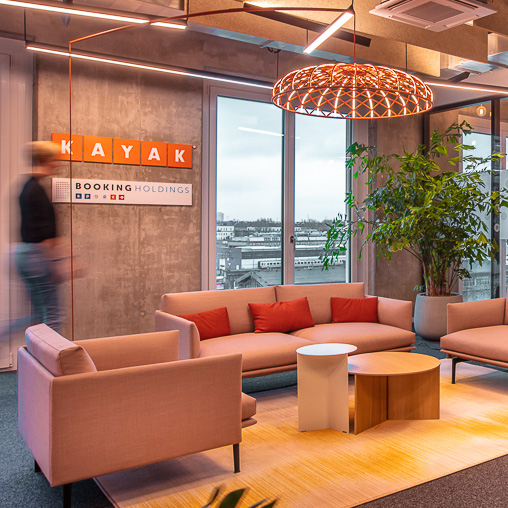
KAYAK
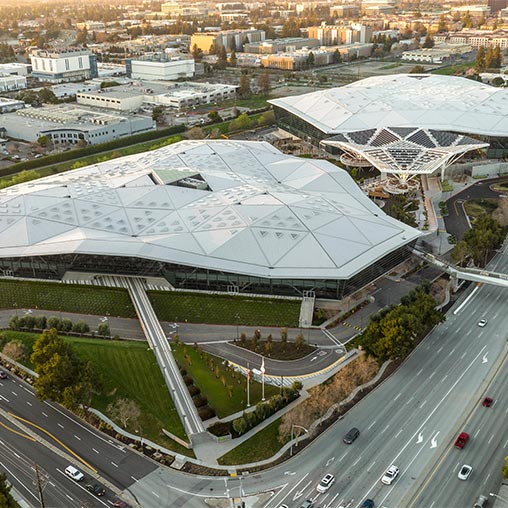
NVIDIA
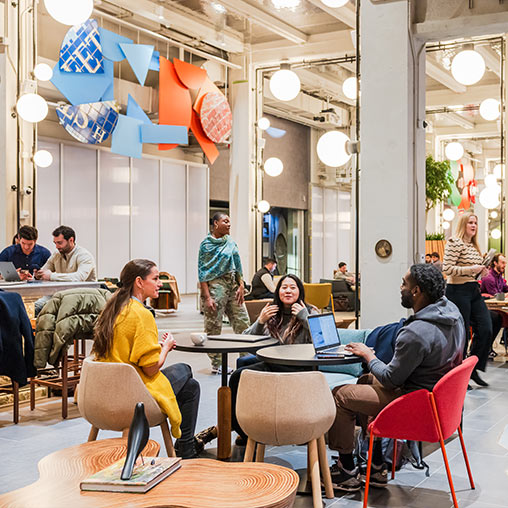
Google at St. John’s Terminal
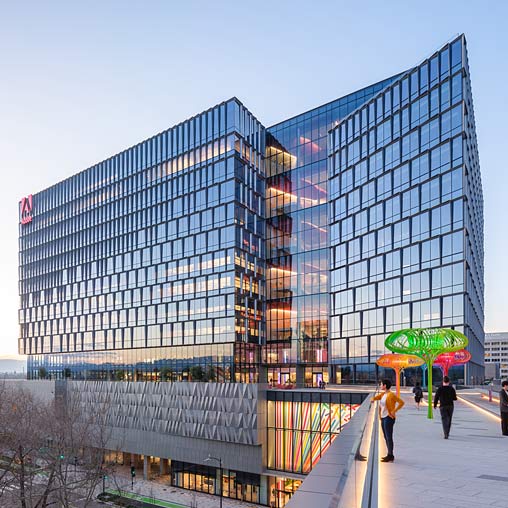
Adobe Founders Tower
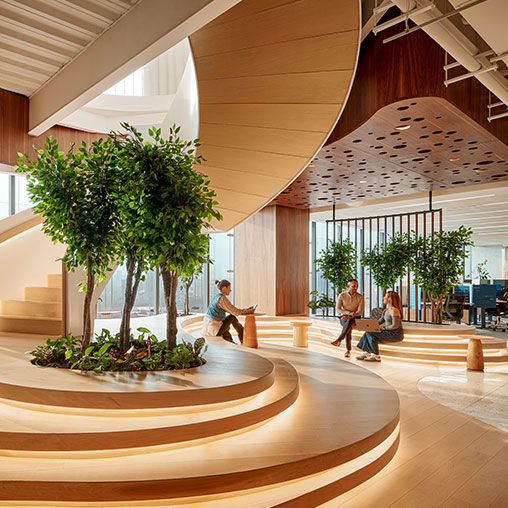
Pinterest Mexico City
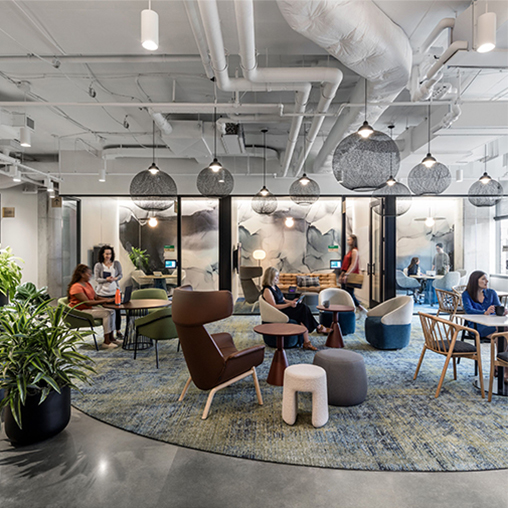
Amazon HQ2 Metropolitan Park
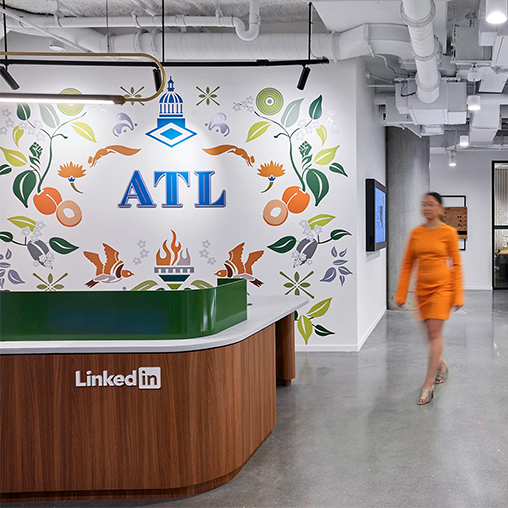
LinkedIn Atlanta
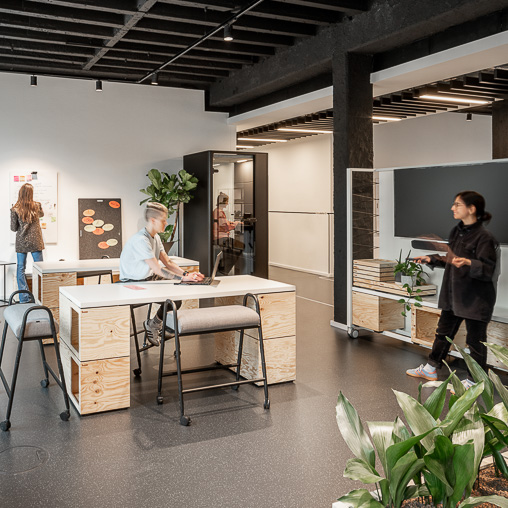
Celonis
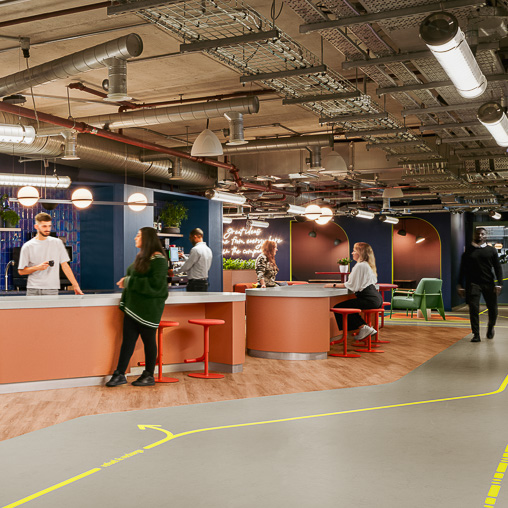
Adobe White Collar Factory, London
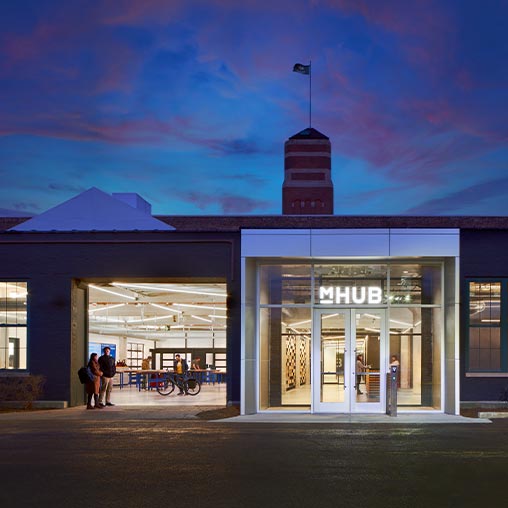
mHUB Chicago
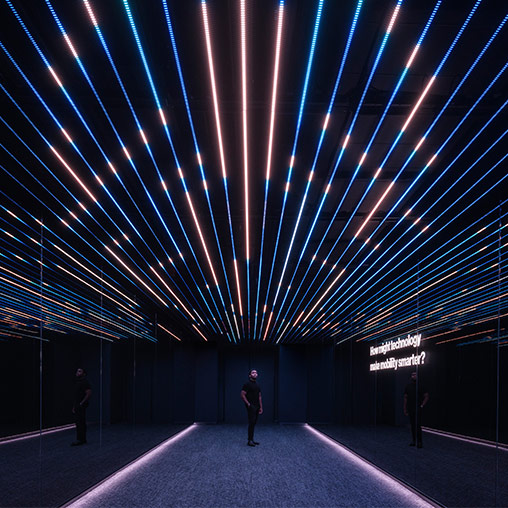
Verizon Innovation Center
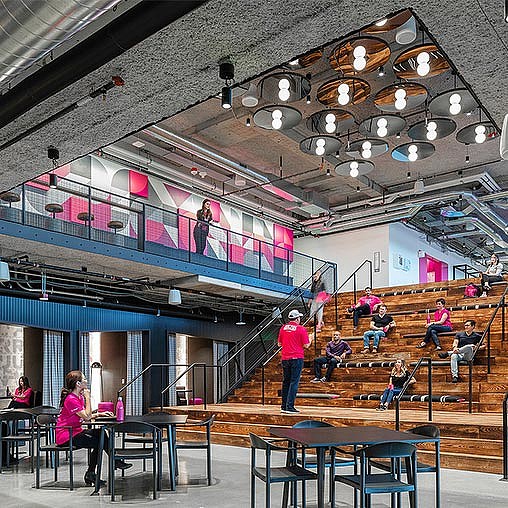
T-Mobile Headquarters Campus
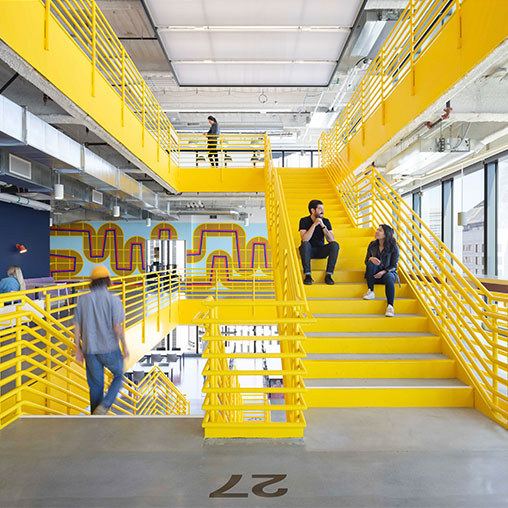
Meta – Park Tower
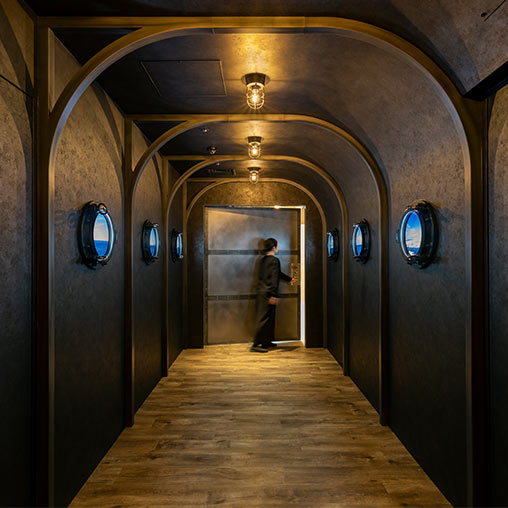
Confidential Software Company
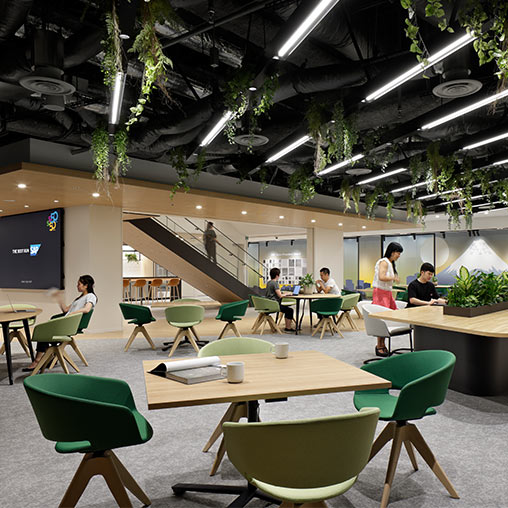
SAP Group
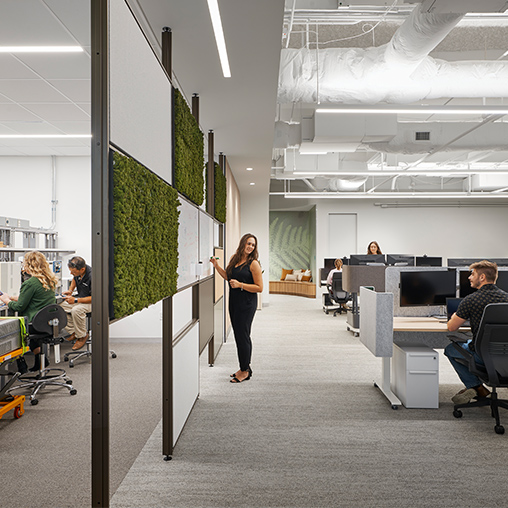
Emerson-NI Pilot Program
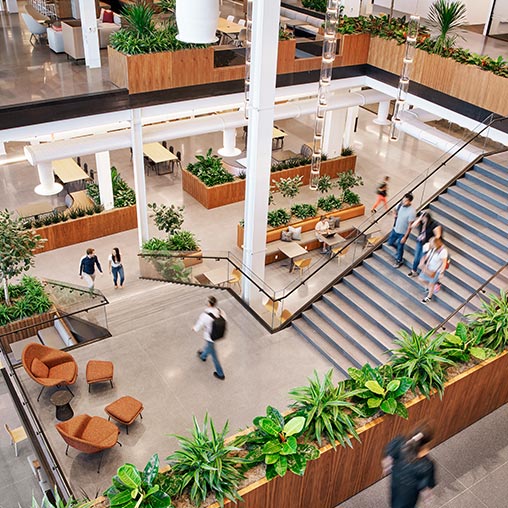
Insight Headquarters
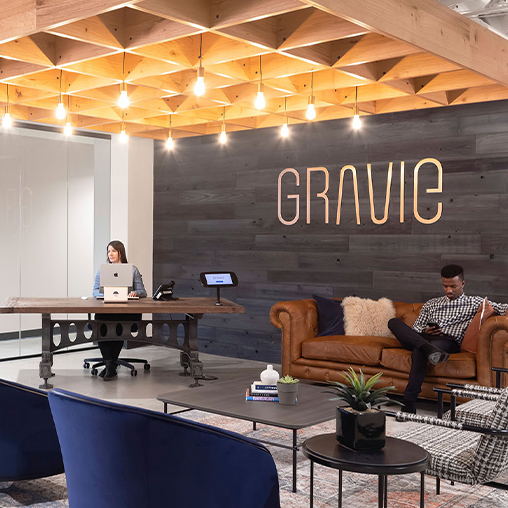
Gravie
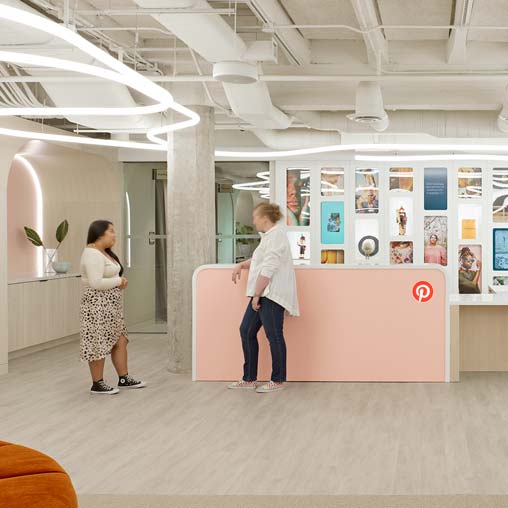
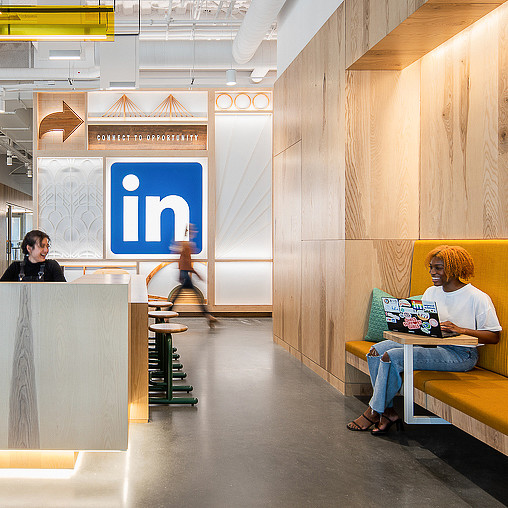
LinkedIn Omaha
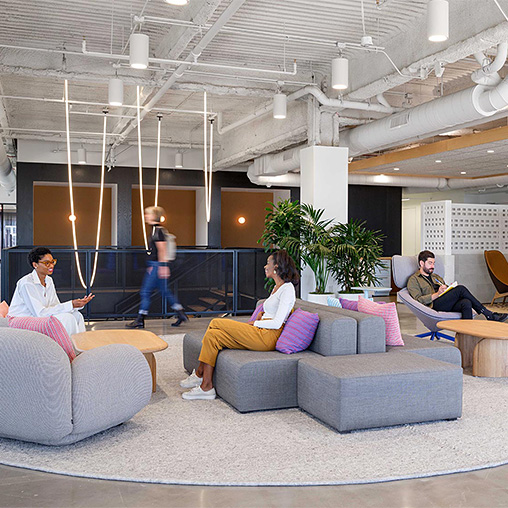
Fivetran Headquarters

Technology Firm
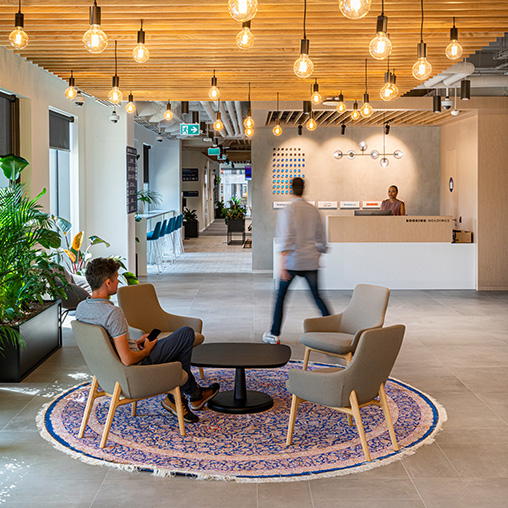
Booking Holdings, Bucharest
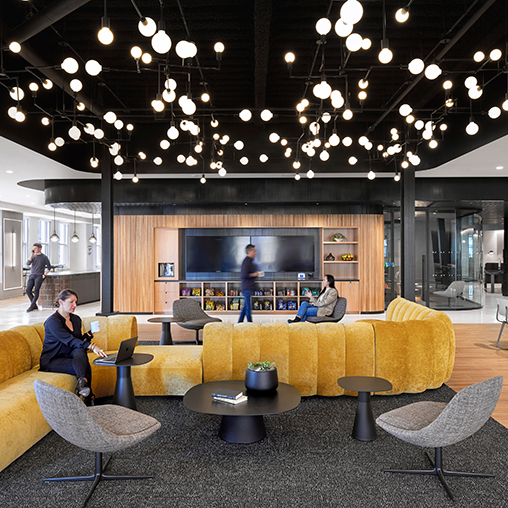
Morning Consult
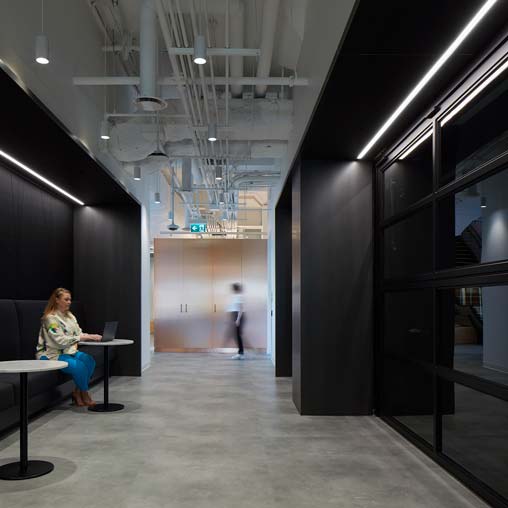
Technology Firm
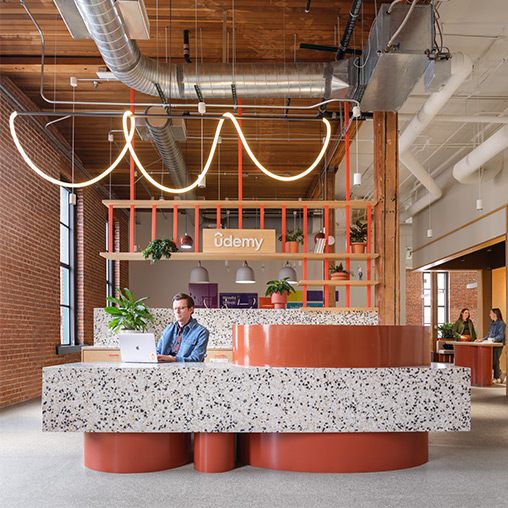
Udemy Denver
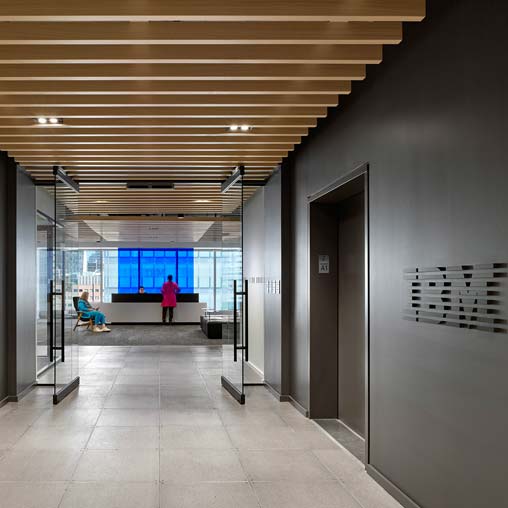
IBM
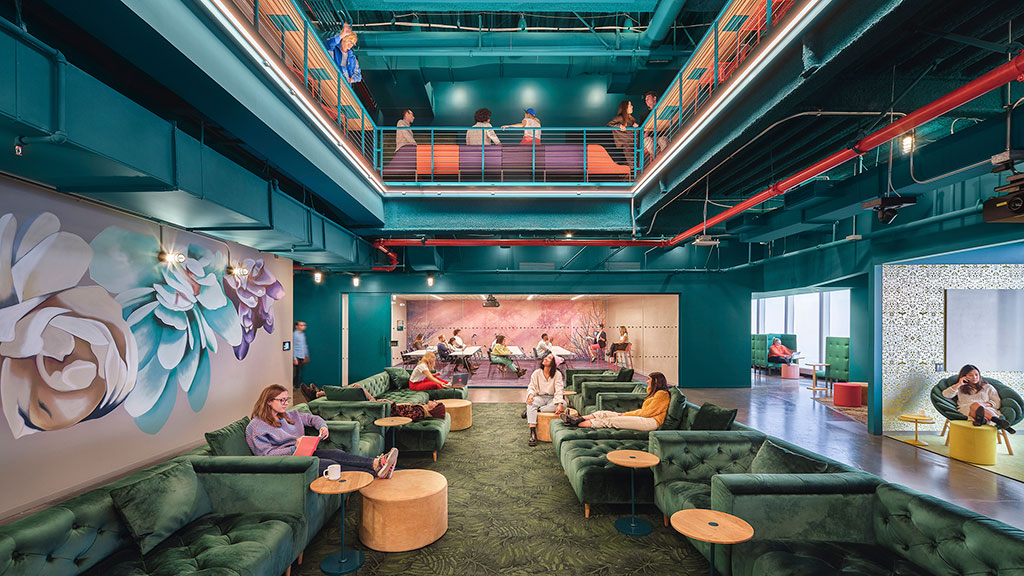
Designing Workplaces to Strengthen Connection and Combat Loneliness
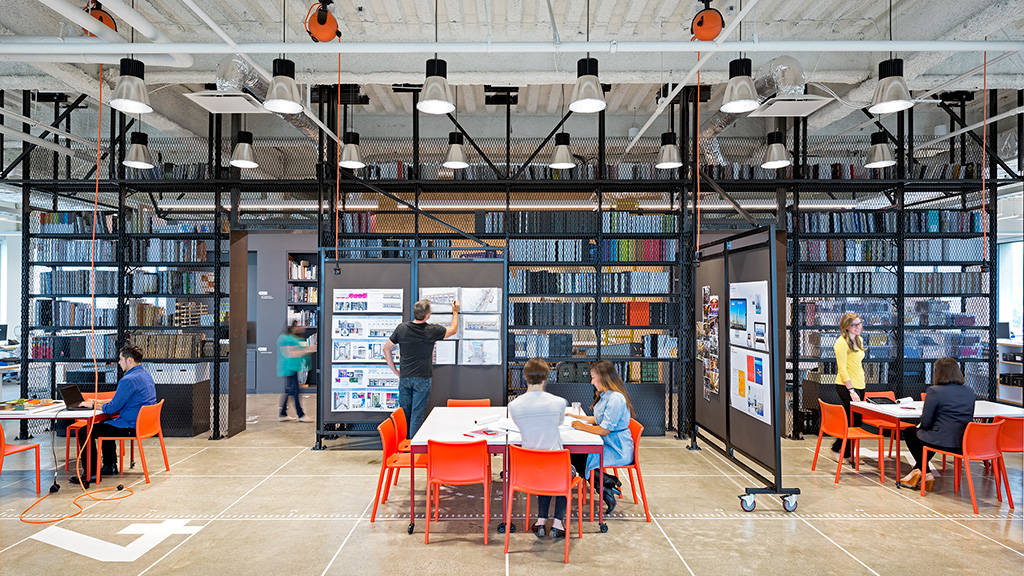
How Your Workplace Can Supercharge Performance
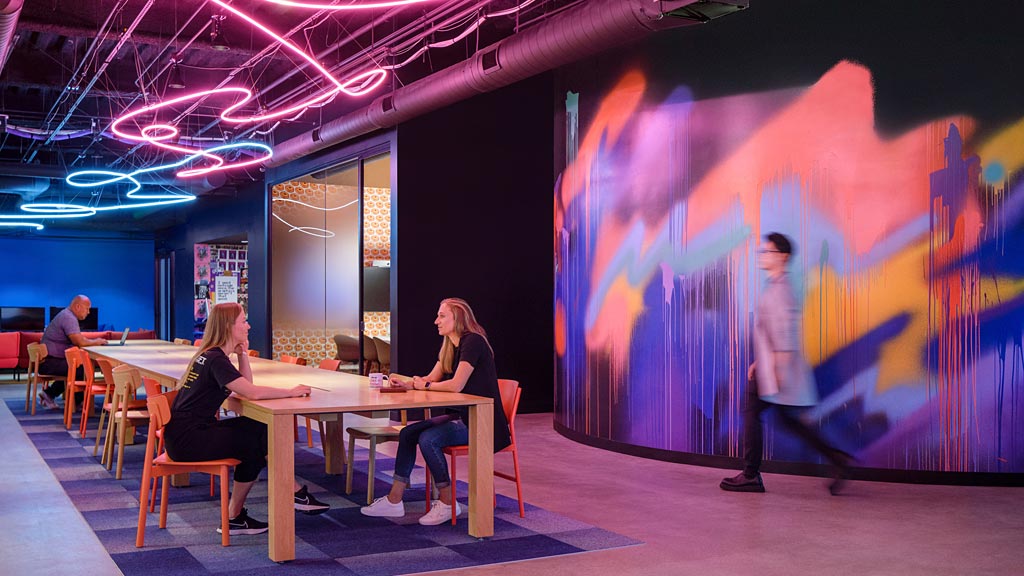
The Shift to Extremes: Rethinking Office Design
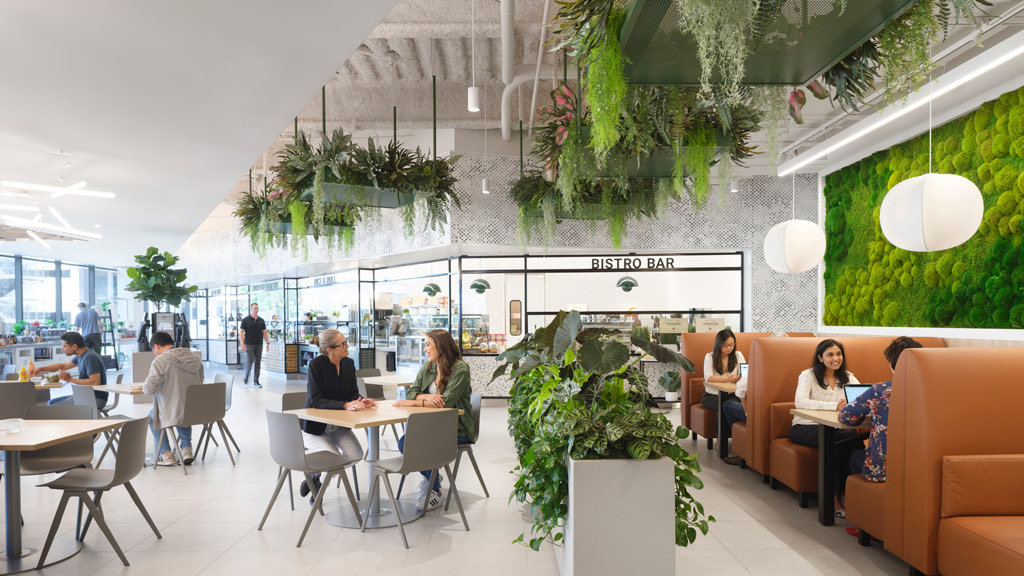
Five Benefits of Leaning into Brand Identity and Culture for Office Design
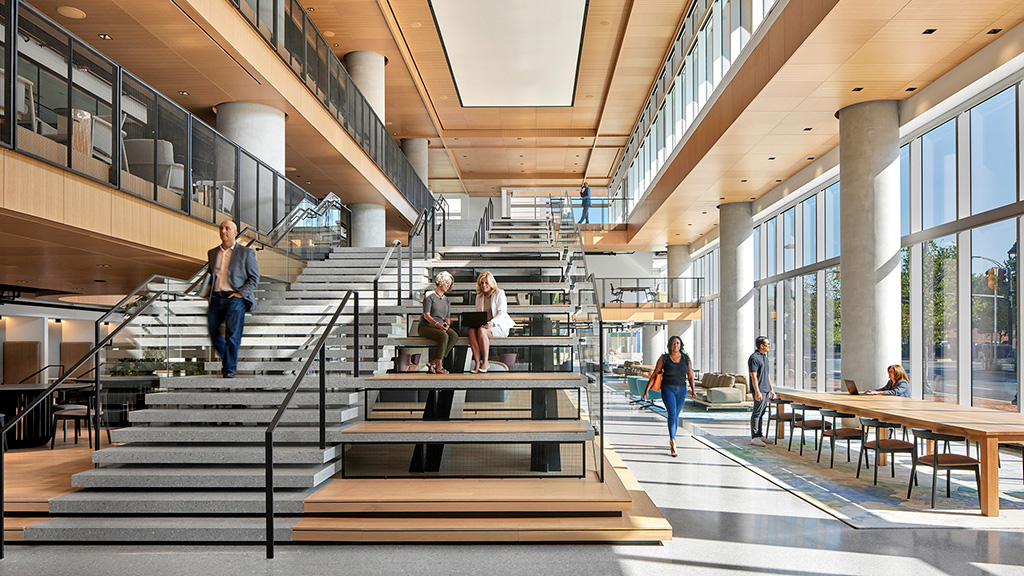
How to Create a Multigenerational Workplace
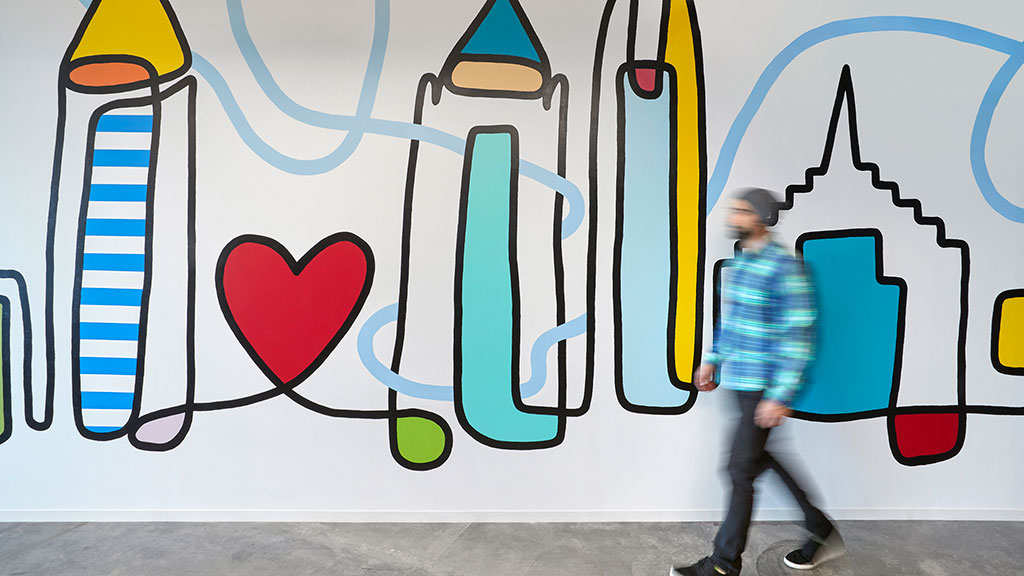
Tech Is Broadening Its Impact by Embracing Communities
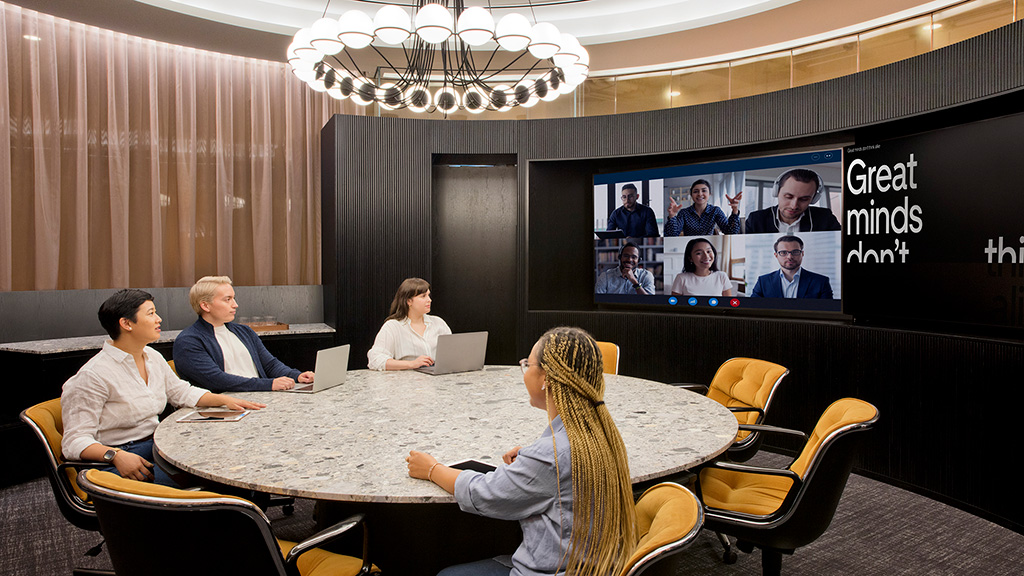
How the Tech-Enabled Workplace Can Create Better Hybrid Experiences
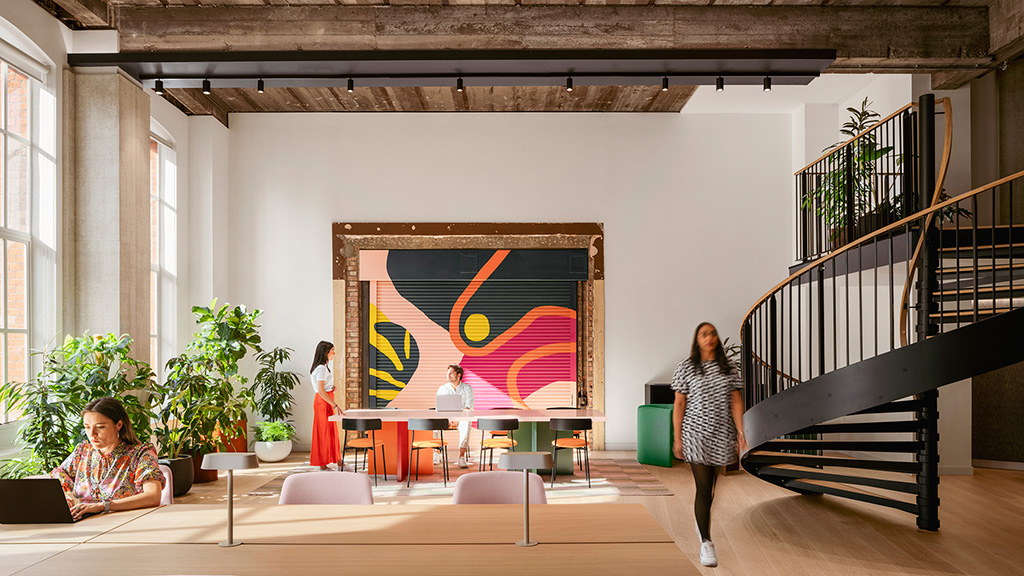
Be Bold Not Beige: The Power of Colour to Shape Everyday Experiences
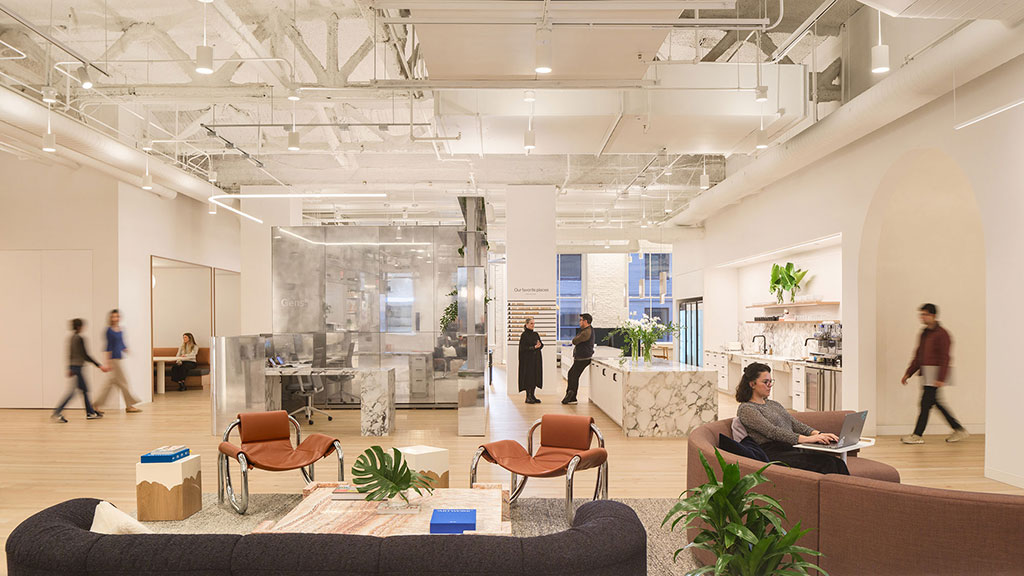
Want a High-Performing Workplace? Here’s What Matters Most.
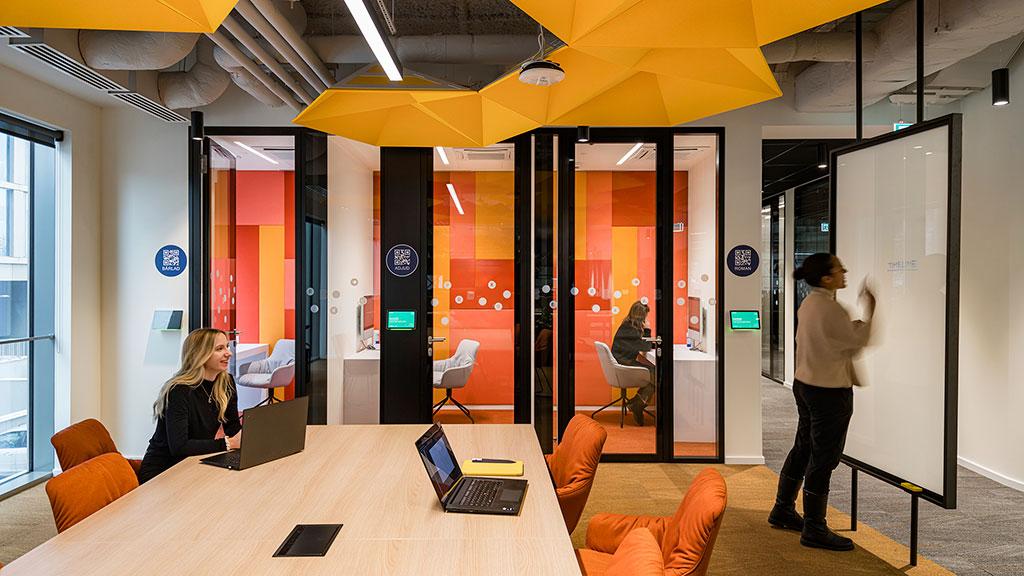
The Key to a Better Workplace? Understanding How and Where People Work Today
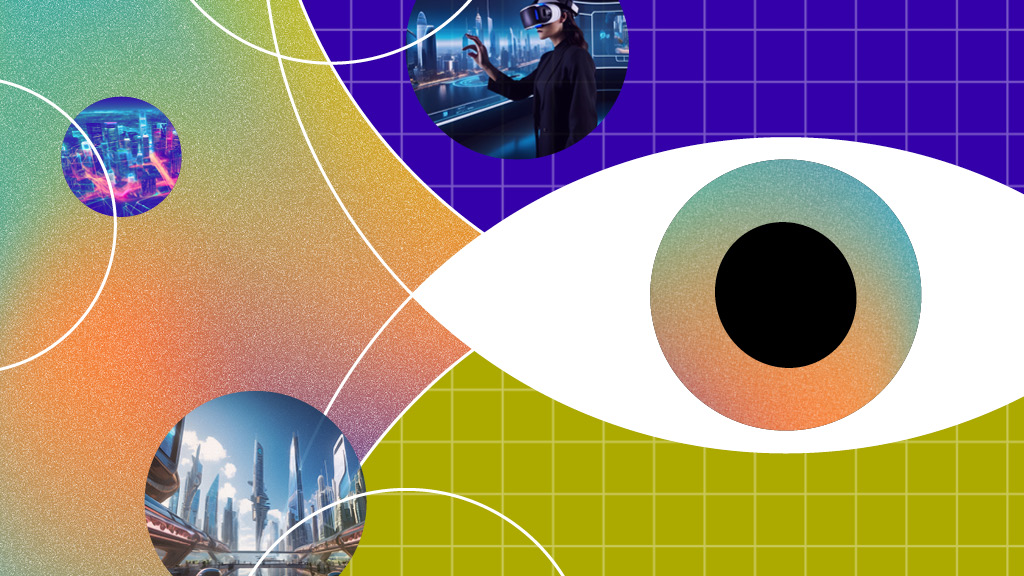
Designing for Place and Purpose in the Metaverse
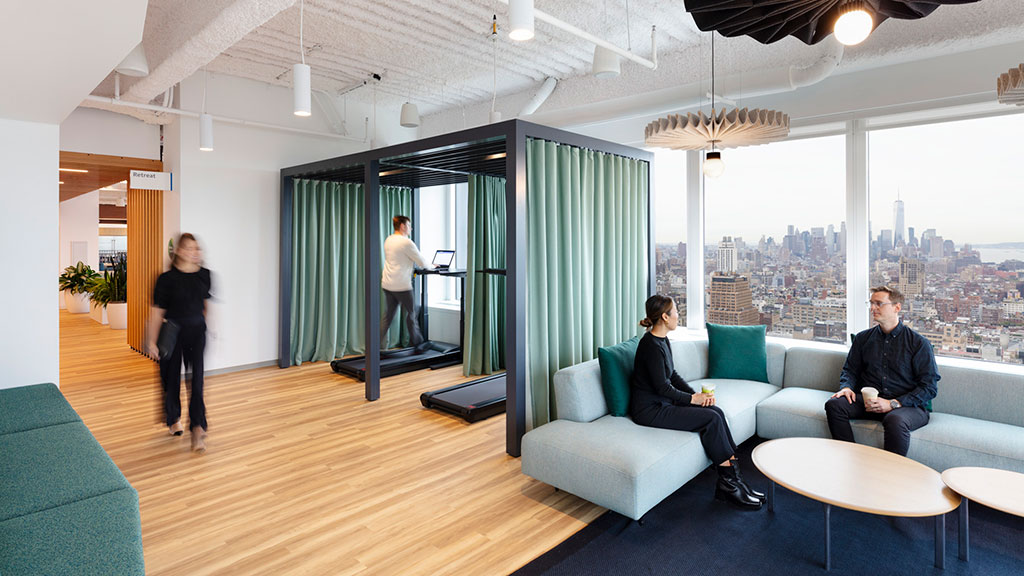
2024: The Year of the Intentional Workplace
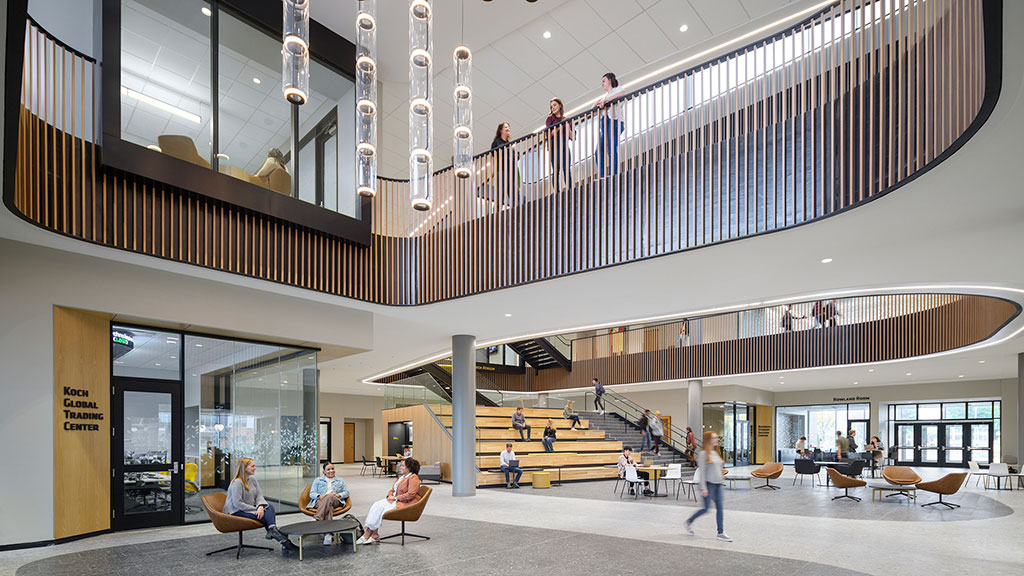
How Tomorrow’s Workforce Will Shape Future Workplace Design
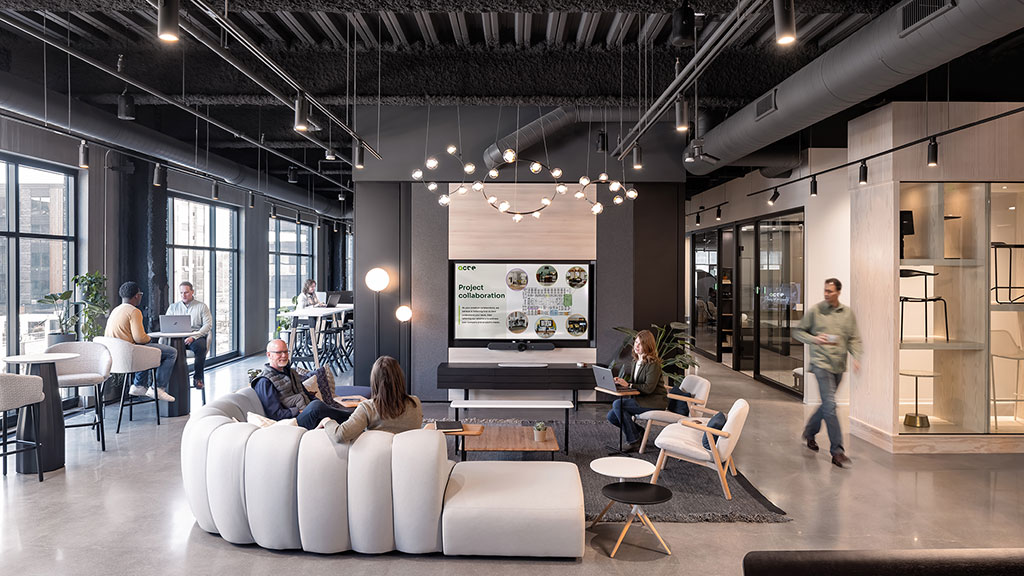
What About Wednesdays? Planning for the Busiest Day of the Week in the New Hybrid Office.
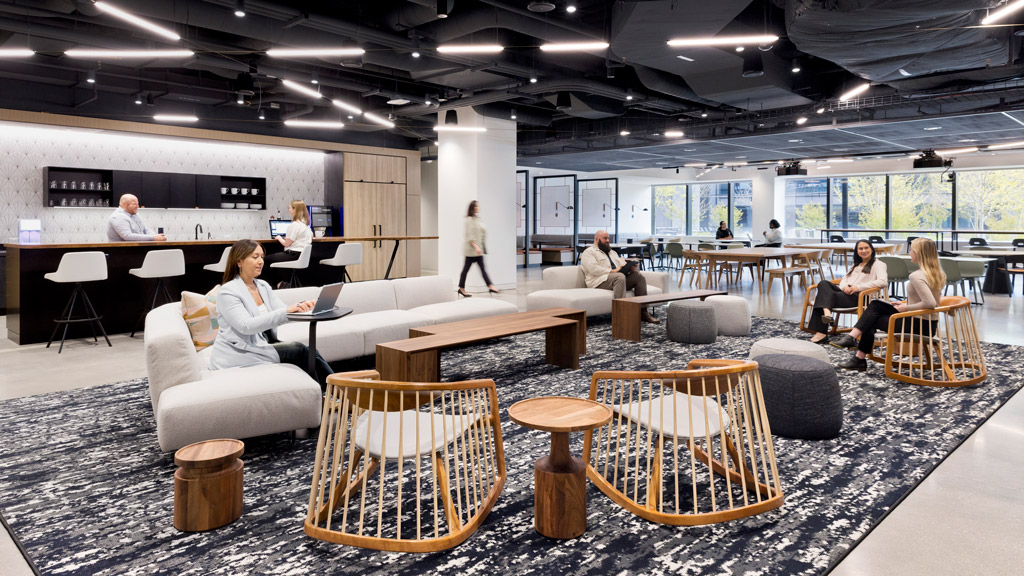
How the Future of Work Is Influencing Workplace Design
Designing for buzz will attract tech workers back to the office.
In the tech workplace, employers will look to earn their employees’ commutes by exploring buzz-boosting experiences that inspire attendance and productivity. These buzzy experiences will pair sensory-rich physical spaces with on-demand programming to energize the workplace, with a focus on arrival experiences, social spaces, and hospitality-infused team spaces.
The idea of the “club workplace” could enliven urban neighborhoods and locate the office closer to where tech workers live.
Tech companies are looking for real estate in amenity-rich, multiuse live-work neighborhoods where large clusters of employees live. Enter the “club workplace,” a new type of neighborhood workplace that bridges the gap between home and the hub office with the convenience of a reduced commute, and creates opportunities to engage the community in new ways.
Tech employers are starting to design for mentorship.
Hybrid work has heightened the need for lateral awareness in the office — the impromptu ability to observe leadership behaviors or overhear conversations that inform project work or performance. Workplace neighborhood layouts can enhance passive mentorship, but this must also be balanced with spaces with acoustic privacy to allow tech workers to get into a flow state.
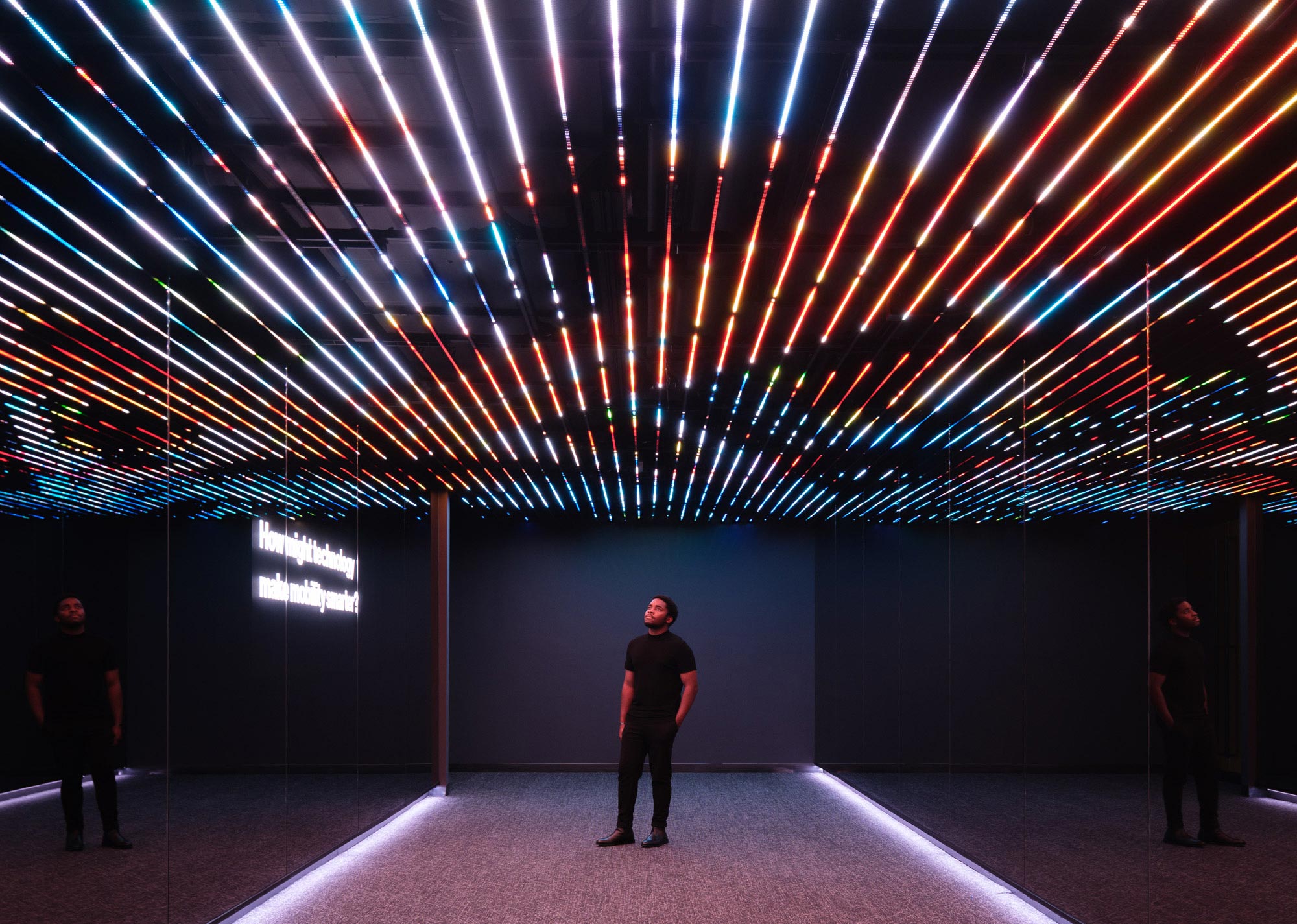

Erin Greer
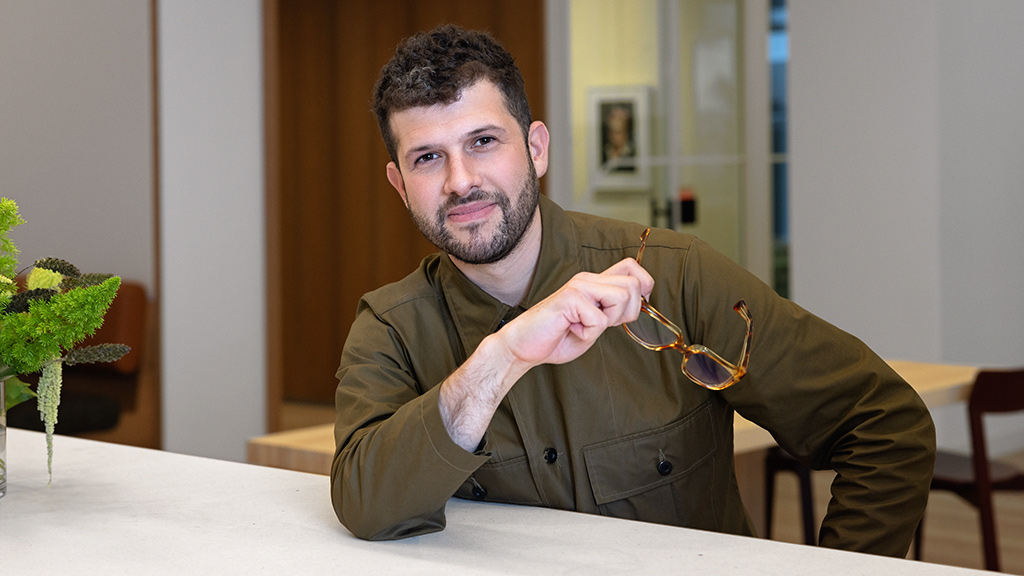
Brian Stromquist
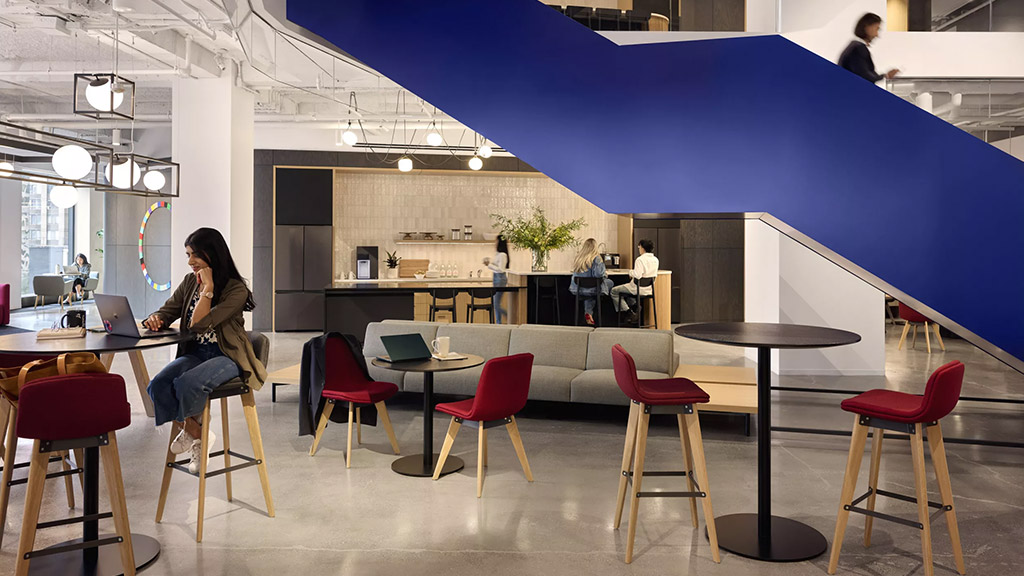
Newsweek Highlighted IBM’s New NYC Hub With Insights From Gensler Managing Director Amanda Carroll
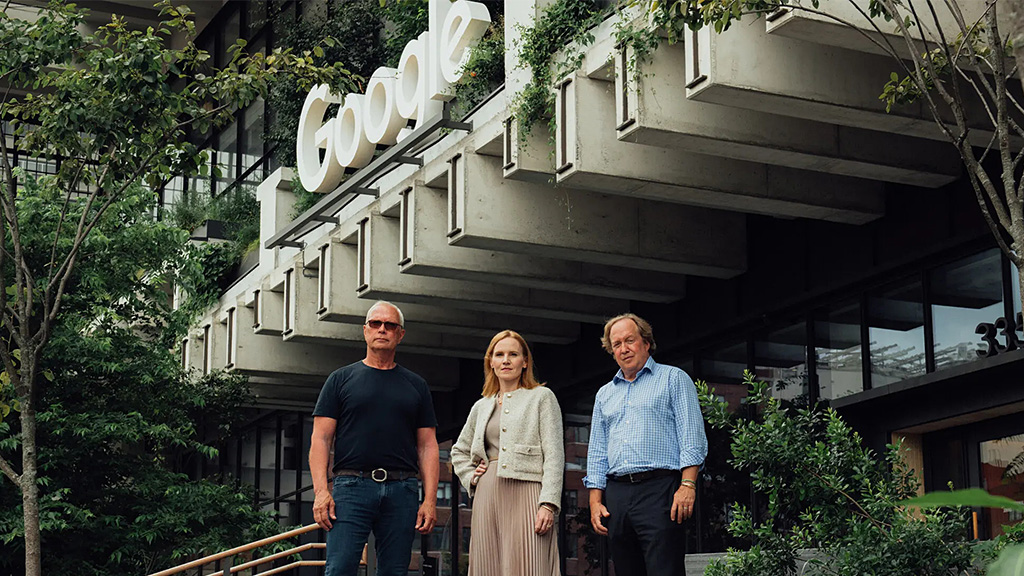
The New York Times Explores the Ongoing Transformation of New York’s Hudson Square Neighborhood
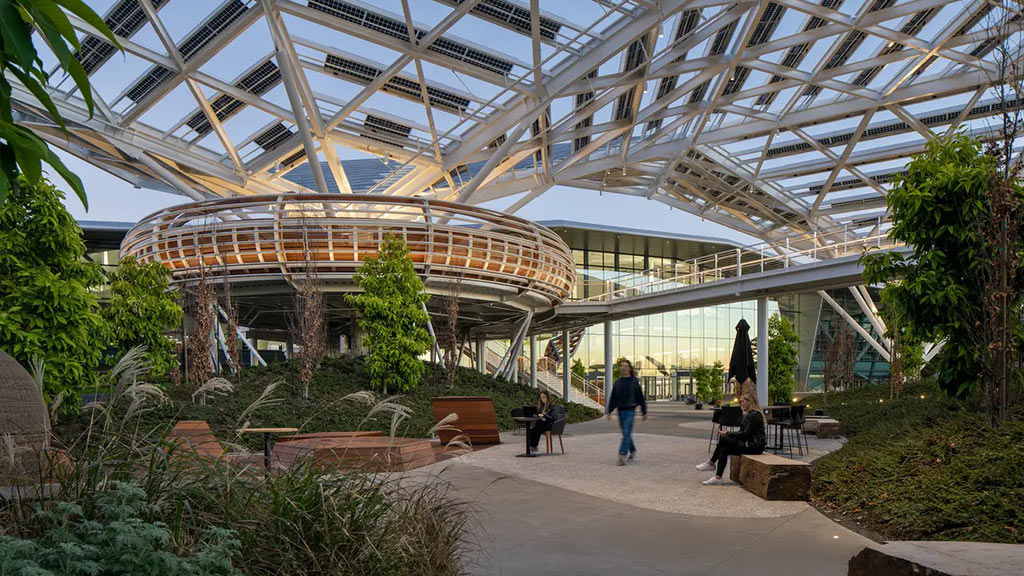
Business Insider Rounded Up the Coolest Tech Offices of 2024, Featuring NVIDIA’s “Futuristic Headquarters”
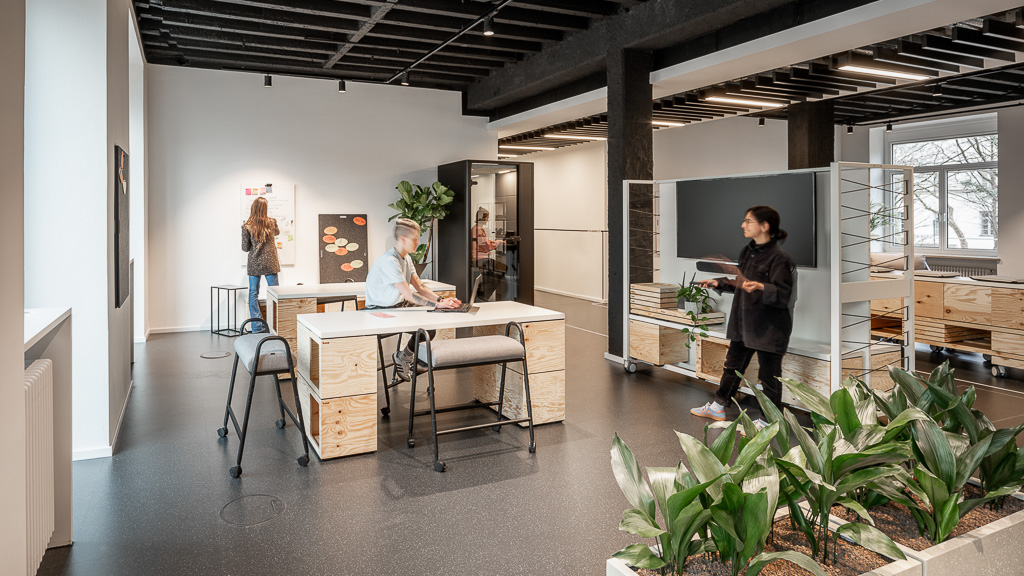
Mix Interiors Toured the New Celonis Office in Munich
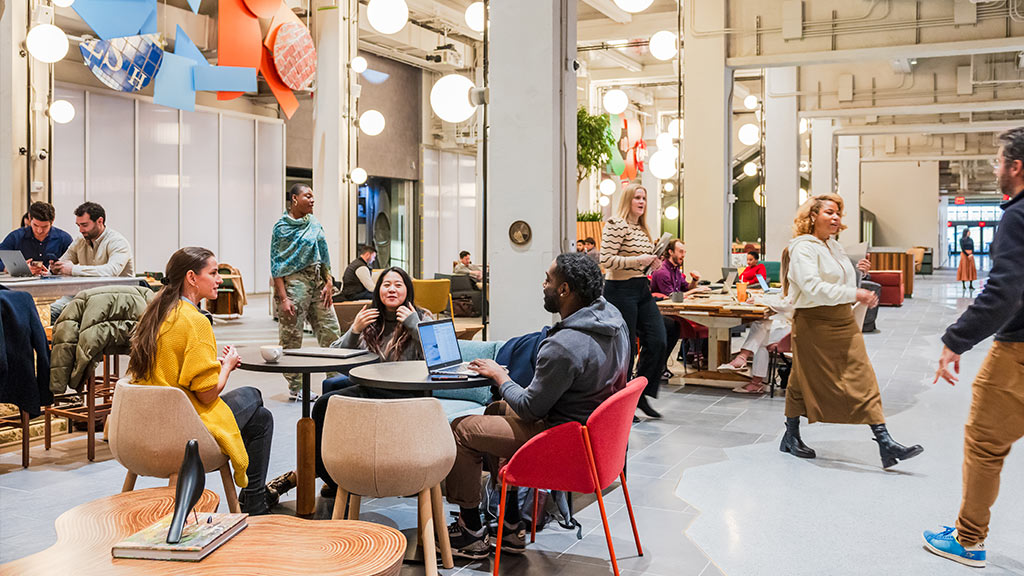
The Wall Street Journal Took a Video Tour of Google at St. John’s Terminal in New York City
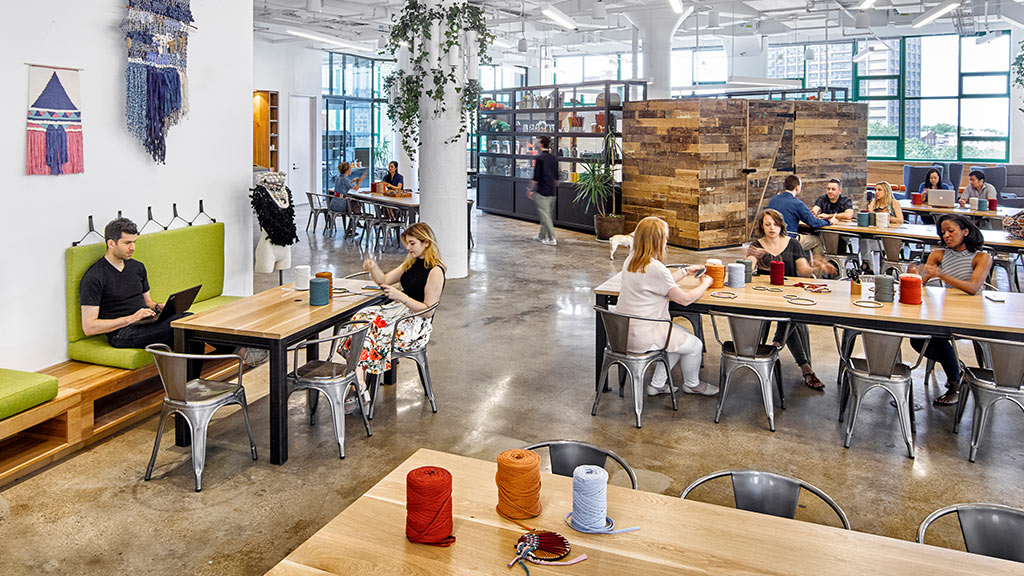
How Workplaces Are Incorporating Spaces for Play and Creativity for All Generations

NVIDIA Headquarters Featured in Business Insider’s Coolest Offices of Big Tech Firms

Business Insider Toured Google’s New York HQ, Located in a Converted 1930s Train Station

Curbed Featured the Recently Revealed Google’s St. John’s Terminal in NYC
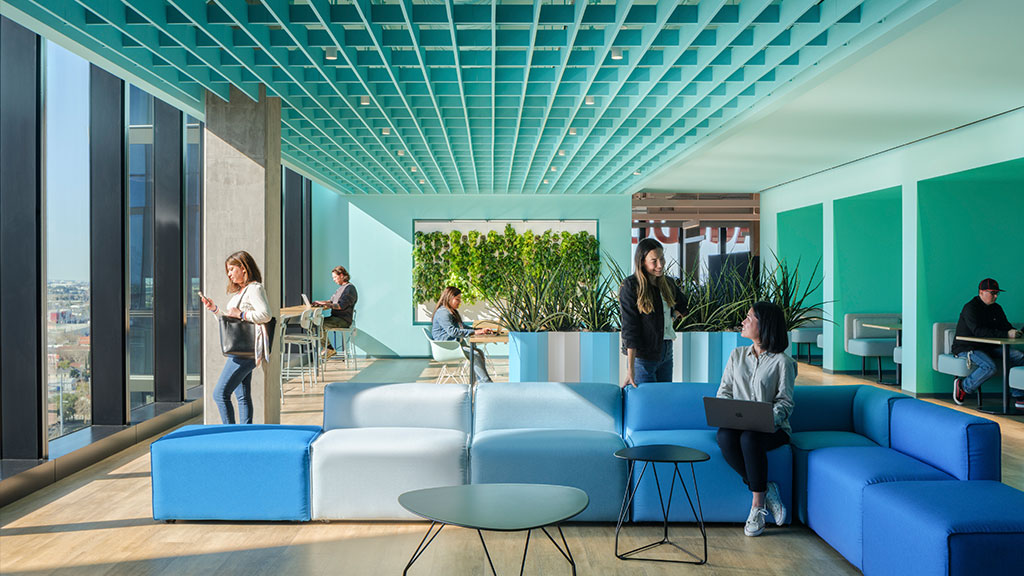
Three Office Design Predictions for 2024, According to Gensler’s Design Forecast

Inside NVIDIA’s Voyager Headquarters, a ‘Futuristic Office’ Designed by Gensler
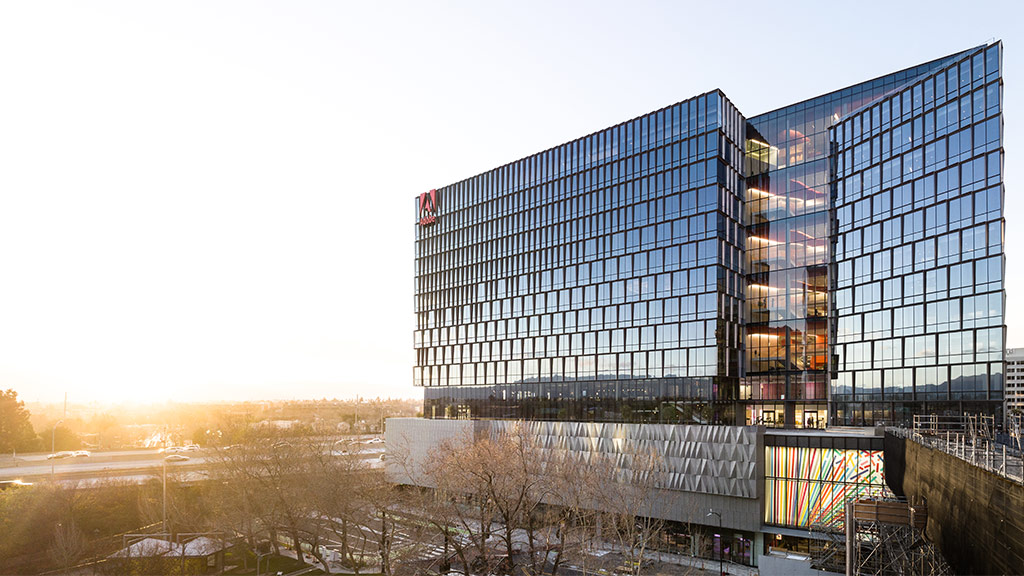
Adobe’s Founders Tower “Offers a Preview of the Future of Creative Office Space”
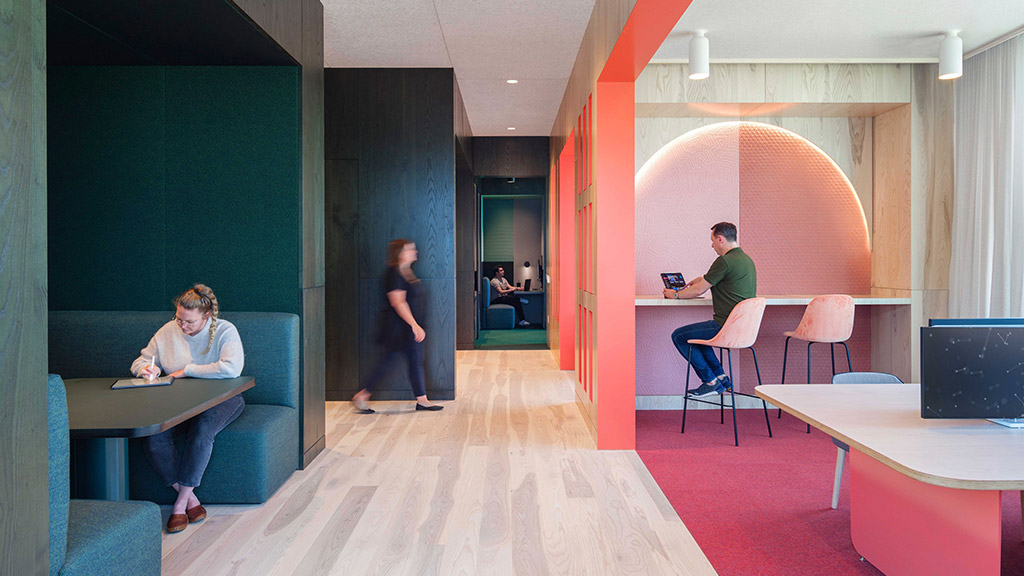
Exploring the Past and Future of the Office
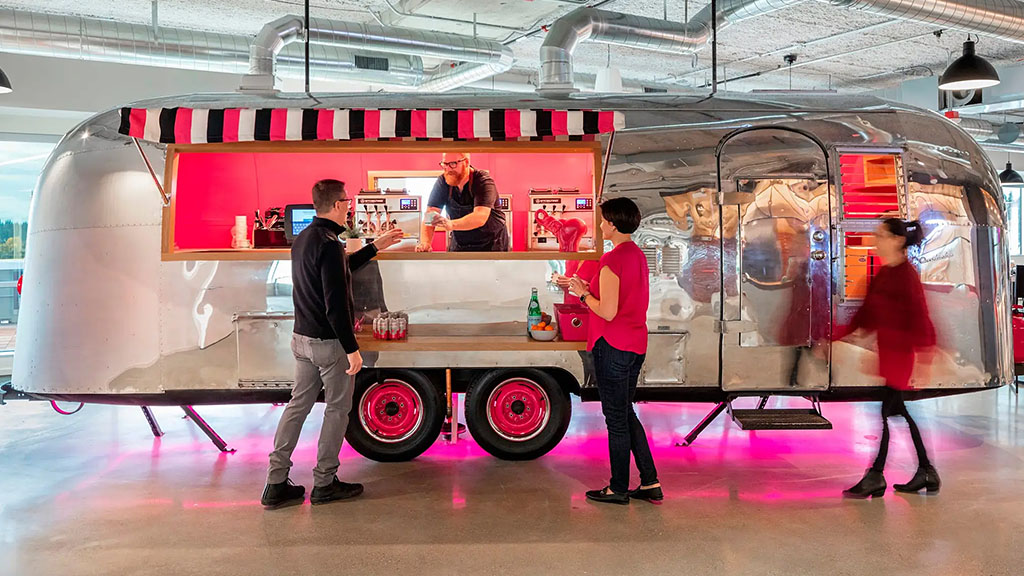
Business Insider Features New Gensler-Designed Workplaces in a Roundup of the Coolest Offices in North America
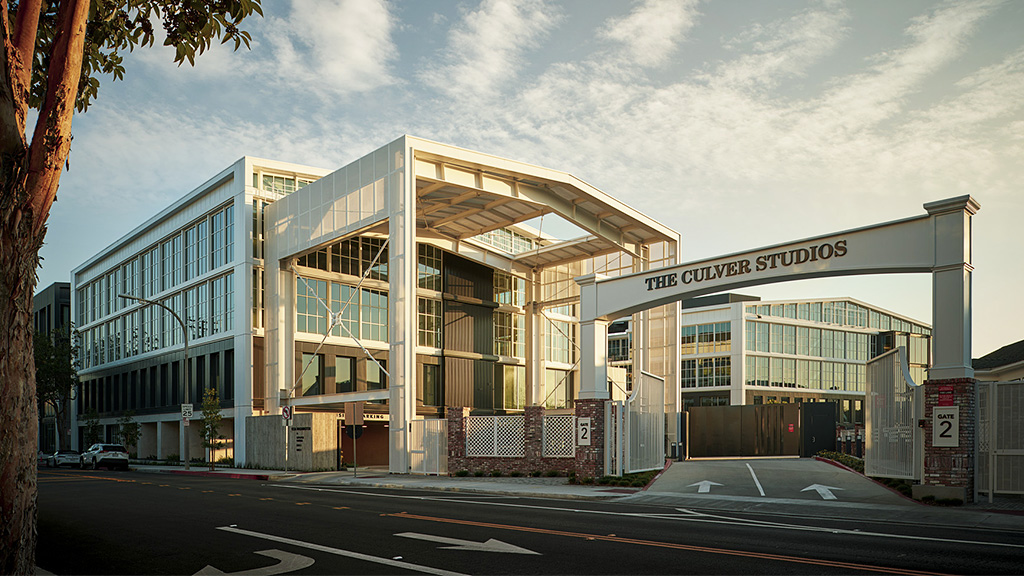
How Culver City Is Attracting Tech Companies With “a Pedestrian-Friendly Environment” Where Workers Can Mingle With Other Creatives
